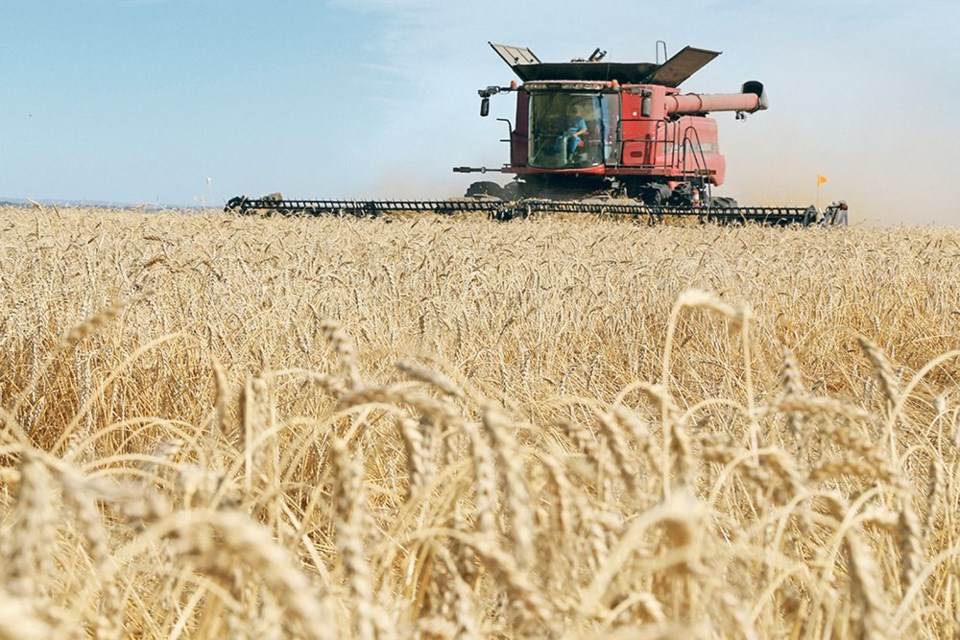WESTERN PRODUCER — Researchers have identified a genetic driver in wheat that improves wheat yield and can increase protein content by as much as 25 percent.
The discovery of a gene that controls these two desirable factors has the potential to expand wheat breeding and generate new varieties.
“Our research aims to understand the genes that control ear development in wheat because it has been identified as a trait that could be improved to increase yield,” said Scott Boden of the School of Agriculture, Food and Wine at the University of Adelaide in Australia.
“For this specific study, our objective was to identify genes to determine the number and arrangement of grain-producing florets that form on a wheat ear, which we did by screening a mutant population.”
Boden said that very little is known about the biological processes behind the genes that control the florets that grow on the lateral branches of wheat.
The study, which included researchers from the University of Adelaide and the John Innes Centre in the United Kingdom, is the first known example where a forward-genetics screen of a mutant population was used to identify the gene controlling reproductive development.
“A forward-genetics screen refers to the screening of a mutant population for lines of interest which are selected based on phenotype, which in our case was modified wheat ear architecture,” Boden said. “From this, scientists then perform genetic assays to hone in on the causal mutation to identify a key gene. In simple terms, it’s a bit of a lucky dip approach.”
The huge and complex wheat genome was deciphered in 2018. It is five times larger than the human genome and originates from three highly similar sub-genomes. That milestone opened opportunities to identify and understand wheat gene characteristics.
The research team identified the HB-2 gene on wheat A and D sub-genomes, which generate more flower-bearing spikelets and enhance protein content. The HB-2 gene’s expression, or function, is associated with modified leaf and vascular development and increased amino acid supply to the florets during grain development. Boden wrote in the report that the finding enhanced their understanding of genes that control inflorescence development at the same time introducing ways to improve the grain’s nutritional quality.
The genetic variation in the study produced paired spikelets which, Boden said, are a trait where two spikelets form at a given position on the wheat ear as opposed to a normal, single spikelet.
“Even though these lines produced extra spikelets, they did not increase the grain number per ear, most likely due to fertility issues with some of the extra spikelets,” he said. “In the grain that formed, which was roughly the same as the sibling lines with normal spikelets, there was higher levels of protein. We believe this is caused by increased distribution of amino acids or nitrogen to the developing grain.”
The evidence of higher levels of protein took him by surprise.
“We had no idea that the gene would also influence grain protein content. However, this shows that fundamental research can lead to some unexpected and significant outcomes with applied benefits.”
While the researchers did not detect a yield increase with the extra spikelets, Boden is hopeful a yield increase might come in elite varieties grown by farmers. What was encouraging was that the increase in protein content occurred without any trade-off such as the possibility of reduced yield.
The research findings were published recently in the journal Science Advances.
Scientists were surprised to discover that the gene that increased yields also resulted in higher protein levels.




